Lessons
Hundreds of lessons that are hands on, correlated to recent standards and teach core subject areas.
Seed Surgeon
Students will dissect a seed, identify the parts, and the importance of each of the parts.
View LessonSeed Necklace
Students will understand what a plant needs to grow by germinating seeds using a seed necklace.
View LessonSpice It Up
This activity can be used to get students excited about herbs, where they come from, and their several uses.
View LessonPoetry In A Bag
This activity can be used to introduce any commodity to students. Students will write adjectives about each commodity and create a poem as a group.
View LessonRecycled Newspaper Pots
Create flower pots while being mindful of the environment by using recycled material.
View LessonSelf-Watering Plant System
Teach about plant growth or methods of recycling with this fun, affordable activity. Students can create self-watering plant systems for experiments and research opportunities or to care for small plants.
View Lesson3D Flower Model
Learn the parts of the flower by constructing a 3-D flower model.
View LessonSquare Foot Gardening
Have students investigate area and perimeter by creating a garden plot using 12×12 inch squares. This activity is also great for garden planning.
View LessonWater Cycle Bracelet
Learn components of the water cycle through a fun activity. Students will become water molecules and travel through stages of the water cycle, creating a bracelet and learning facts along the way.
View LessonGarden in a Glove
Learn the process of germination through a fun activity. Garden in a Glove allows students to track the germination process, learn what a seed needs in order to germinate and what the plant needs to thrive.
View Lesson
